Optimal Timing for Effective Weed Control
Effective weed control relies heavily on timing. Applying treatments at optimal times can significantly reduce weed growth and prevent future infestations. The timing depends on weed species, local climate, and growth cycles.
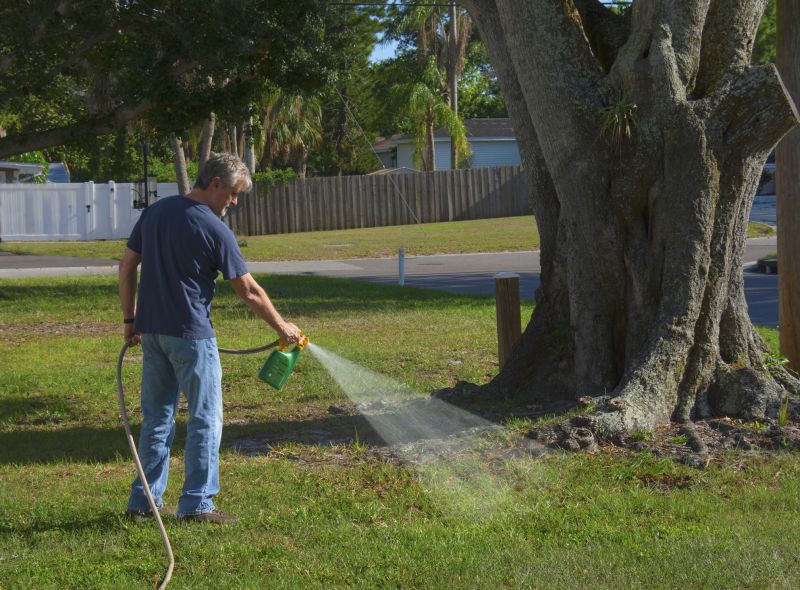
Applying weed controls in early spring targets young weeds before they mature and spread seeds.
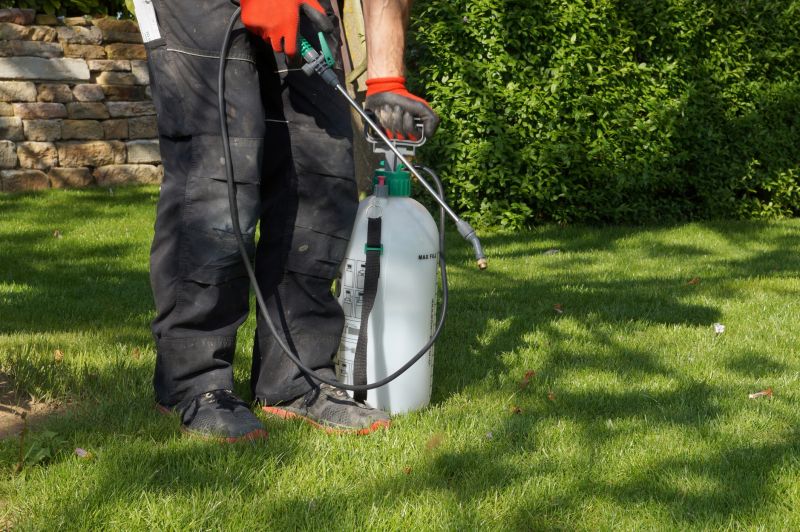
This period is ideal for preventing weed establishment during peak growth seasons.
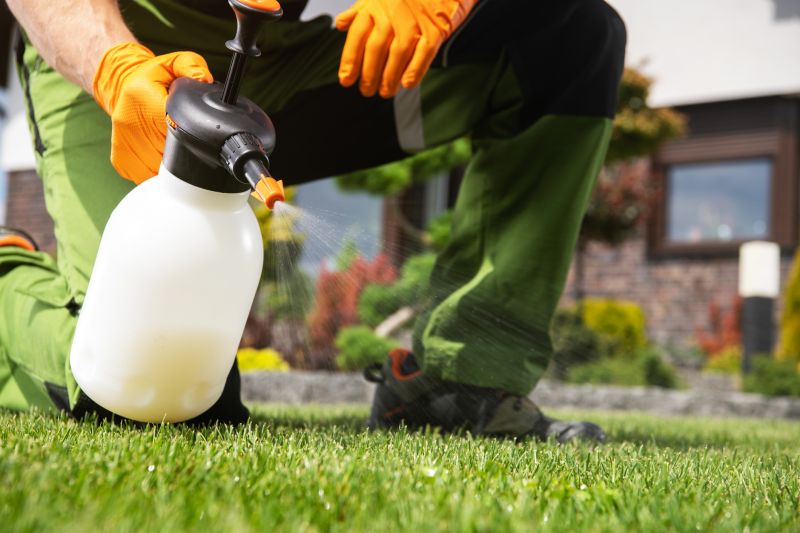
Applying in fall can help control weeds before dormancy and reduce seed dispersal.

Ways to make Weed Controls work in tight or awkward layouts.
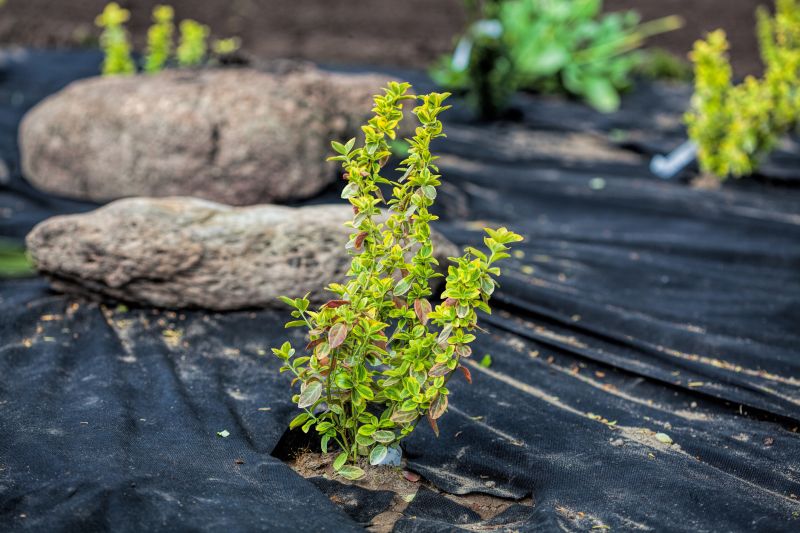
Popular materials for Weed Controls and why they hold up over time.
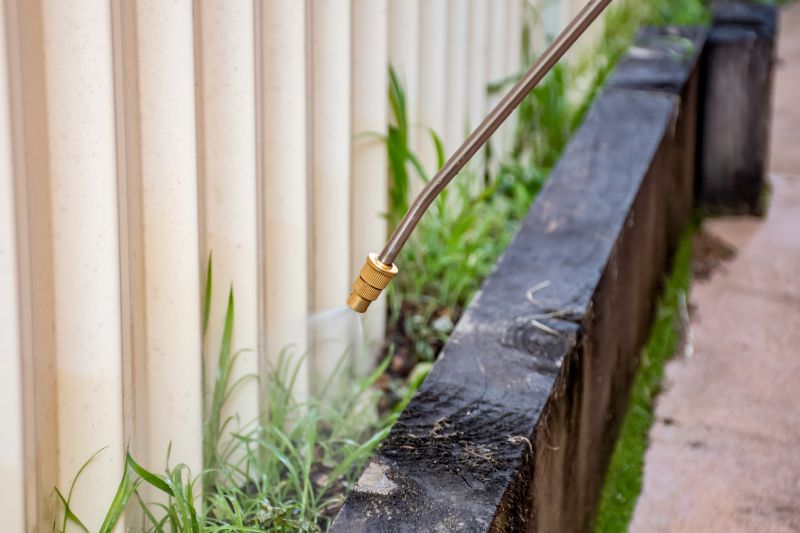
Simple add-ons that improve Weed Controls without blowing the budget.
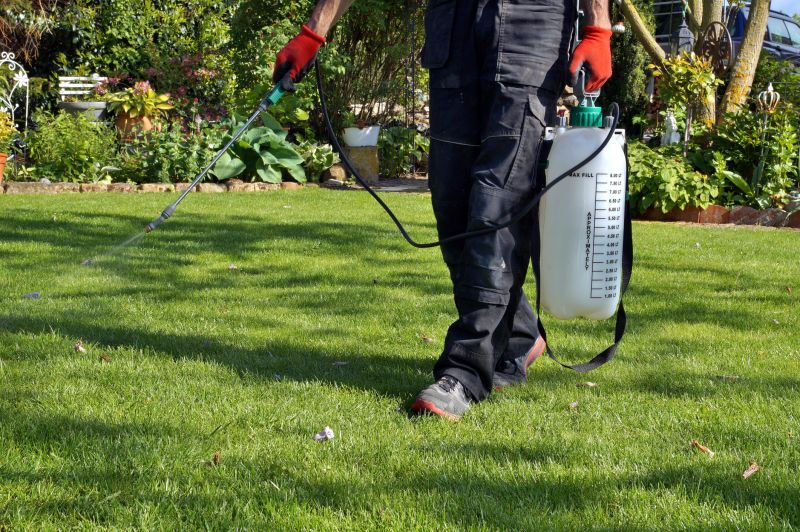
High-end options that actually feel worth it for Weed Controls.
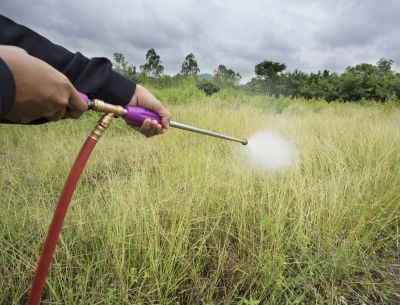
Finishes and colors that play nicely with Weed Controls.
Understanding weed growth stages helps determine the best treatment timing for maximum effectiveness.
Rain and temperature influence weed growth, affecting the optimal timing for control measures.
Pre-emergent herbicides are most effective when applied before weed seeds germinate.
Post-emergent treatments are most effective when weeds are actively growing and young.
| Weed Control Timing | Best Practices |
|---|---|
| Early Spring | Apply pre-emergent herbicides before weed seeds germinate. |
| Late Spring | Target young weeds during active growth for post-emergent treatments. |
| Summer | Maintain control with spot treatments as weeds appear. |
| Fall | Apply herbicides to prevent seed dispersal and prepare for dormancy. |
| After Rain | Follow rain events to maximize herbicide absorption and effectiveness. |
| Monitoring Periods | Regularly inspect areas to identify optimal treatment windows. |
| Seasonal Adjustments | Adjust timing based on local climate and weed species. |

Early intervention prevents weed establishment for the season.
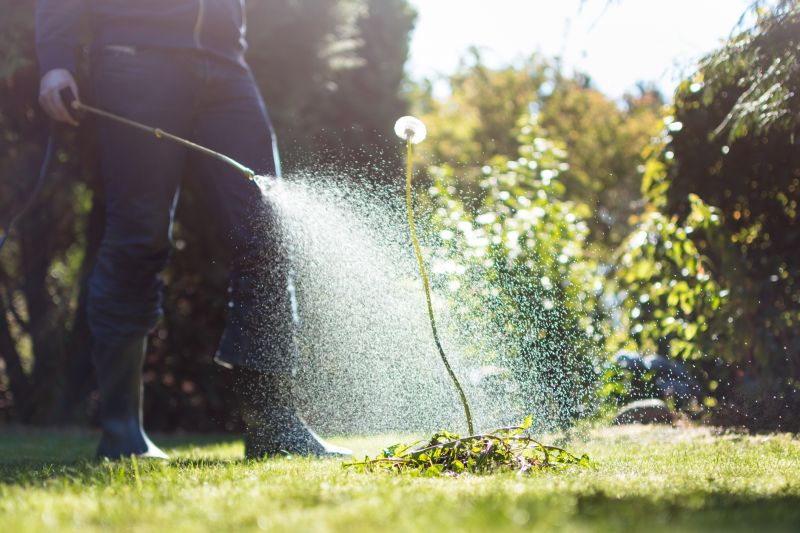
Spot treatments control weeds during peak growth.
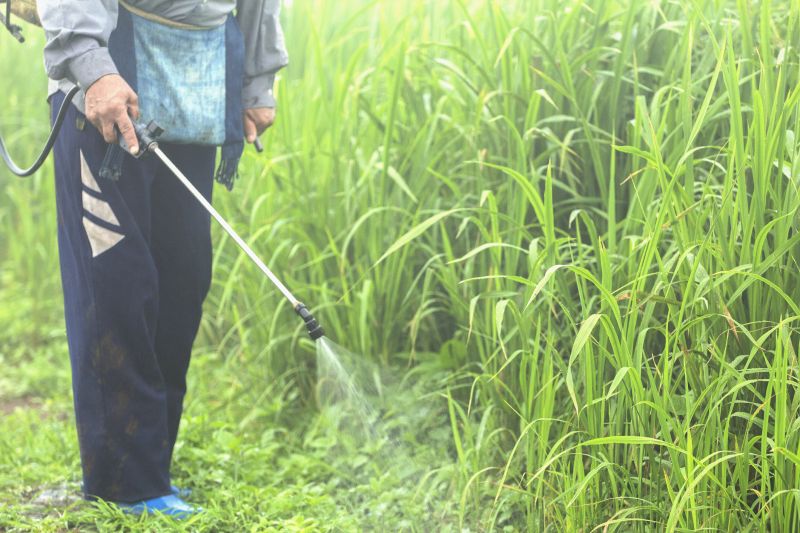
Reducing seed dispersal limits future weed problems.
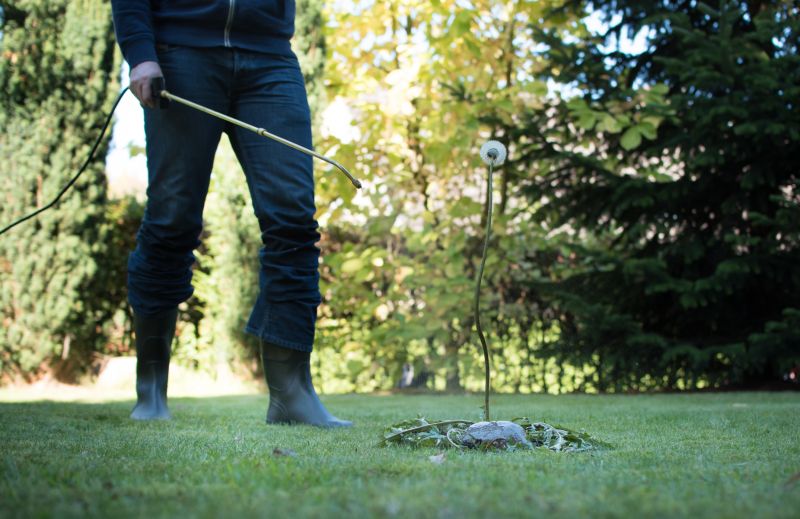
Timing treatments around weather conditions maximizes results.

Little measurements that prevent headaches on Weed Controls day.
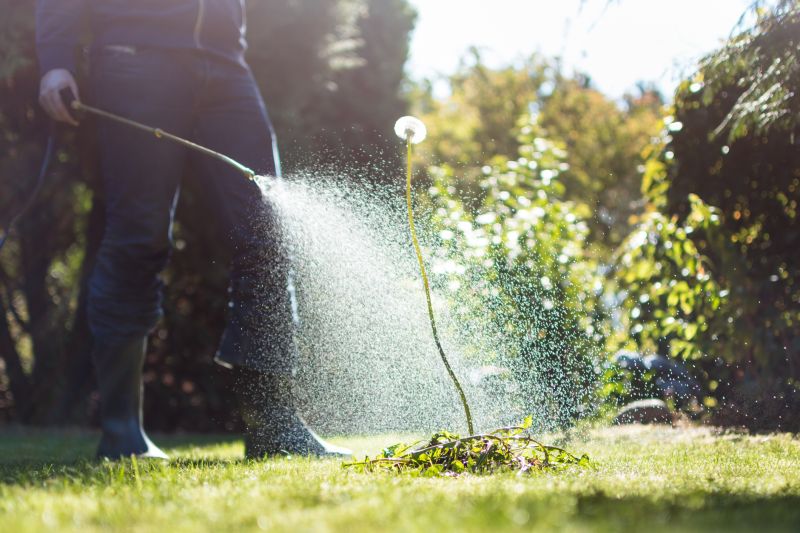
A 60-second routine that keeps Weed Controls looking new.
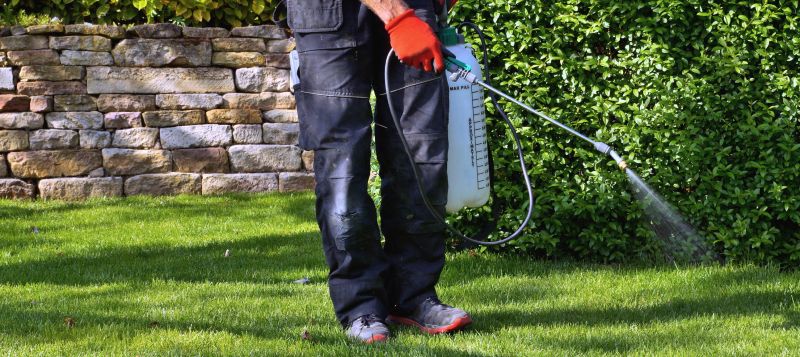
A frequent mistake in Weed Controls and how to dodge it.

Small tweaks to make Weed Controls safer and easier to use.
Proper timing is critical for effective weed control. Applying herbicides at the right growth stage maximizes their impact and reduces the need for repeated treatments. Regular monitoring and understanding weed life cycles support strategic intervention, leading to healthier landscapes and less invasive weed populations.
